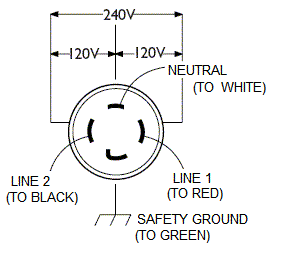infinitymike
Minister of Fire
I have been using two 3k generators that I back feed through outlets. One outlet is on one leg of the panel and one on another.
Eventually I will set up a transfer switch.
I recently ran a 220 line out to the garage for an arc welder I bought.
MY QUESTION:
If I use one generator and back feed through the 220 outlet I should energize both legs, Right?
Eventually I will set up a transfer switch.
I recently ran a 220 line out to the garage for an arc welder I bought.
MY QUESTION:
If I use one generator and back feed through the 220 outlet I should energize both legs, Right?


